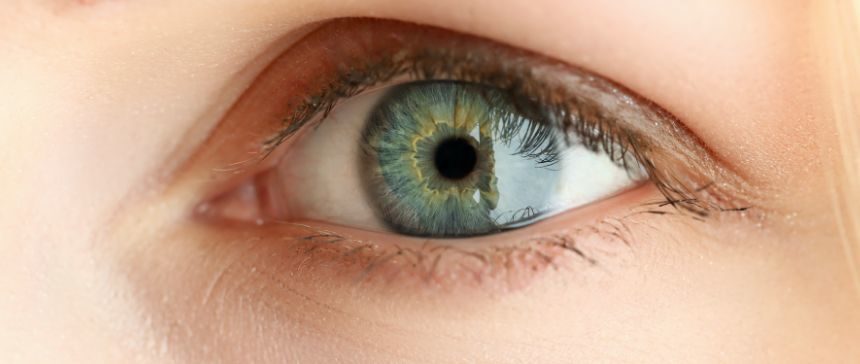SMILE vs. LASIK Vision Correction: What to Expect in 2023
During these past challenging years, with remote work and lockdowns more common, it’s been heartening to see so many patients reclaim their lives, without glasses or contacts, with LASIK or SMILE vision correction. If you’re considering vision correction, here are some things you should know about SMILE vs. LASIK vision correction.
SMILE and LASIK are the two most common types of laser vision correction treatments, but what is SMILE? How is it different from LASIK? In this article, we’ll cover the basics of each treatment option, how they differ, and what we can expect for SMILE vs. LASIK in 2023.
SMILE vs. LASIK: The Basics
SMILE stands for Small Incision Lenticule Extraction. It is a form of laser vision correction similar to LASIK, which requires a different type of laser than LASIK and has distinct benefits. It was first performed in Germany in 2006 and now over 5 million procedures have been performed worldwide. It involves the use of a femtosecond laser, to create a small (disk-shaped lenticule) underneath the surface of the eye. The lenticule is then extracted through a tiny incision and vision is corrected.
SMILE Vision Correction
In layman’s terms: SMILE is the most minimally invasive form of LASIK that is available today
SMILE has some key advantages over LASIK, including:
- Smaller risk of dry eyes
- Smaller incision – quick recovery
- Can be used to correct nearsightedness (myopia) with or without astigmatism.
- Cannot be used to correct farsightedness or significant astigmatism
Despite these advantages, SMILE is not suitable for everyone and in some cases, SMILE may not be recommended if you are farsighted, or have severe nearsightedness (myopia).
LASIK Vision Correction
LASIK, or Laser In-Situ Keratomileusis, is a common form of laser vision correction, first performed in the United States in 1991. Dr. Dan Haddad was one of the first in Michigan to perform LASIK and since, he has been on the forefront of many LASIK innovations. LASIK involves the removal of a thin flap from the surface of the cornea. The flap is then replaced after the area beneath it has been treated with a laser. LASIK has many benefits over other forms of laser eye surgery, including:
- Fast recovery time
- Can correct nearsightedness, farsightedness, and astigmatism
- Has been performed for over 30 years, so results and complications are well-known
LASIK is an exceptional choice for vision correction, though it is not suitable for everyone. LASIK may not be recommended for patients prone to dry-eyes, keratoconus, or those with thin corneas.
SMILE vs. LASIK: What to Expect This Year
Many believe that SMILE vision correction is the future. As vision correction teMany believe that SMILE vision correction is the future. As vision correction technology advances, SMILE will most likely become more mainstream, as a promising new vision correction modality that provides an excellent alternative for many patients.
SMILE suits nearly everyone that is a candidate for LASIK, and is a good option for those who want the fastest recovery time and reduced risk of flap-related complications. However, LASIK is still the most commonly performed type of laser vision correction, and offers excellent outcomes with minimal downtime.
For patients interested in life-without-lenses, both SMILE and LASIK are great options.
Ready to See Clearly?
If you’re considering LASIK or SMILE in 2023, please set up your free consultation with Dr. Dan Haddad today. Not ready to commit to a consultation just yet? Schedule a 15-minute phone call with a LASIK coordinator today to discuss if a consultation is right for you.
Share This Article
Posted by Dave Lemieux
David Lemieux, BA from Oakland University is a LASIK expert and marketing professional that has worked with Dr. Dan Haddad and the Laser Eye Institute since 2017. David believes in education and cutting through the noise to deliver facts and opinions about LASIK, SMILE, and all things Laser Vision Correction.
